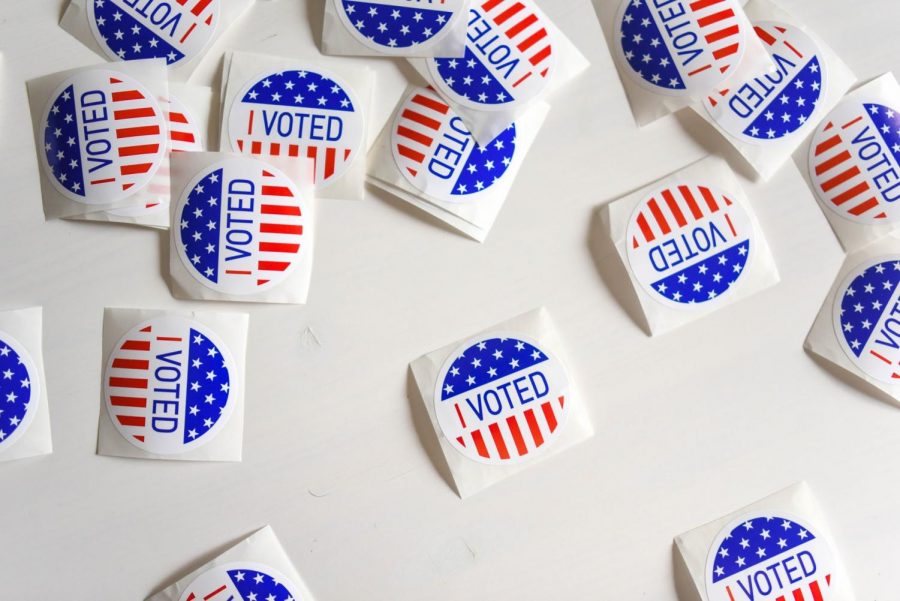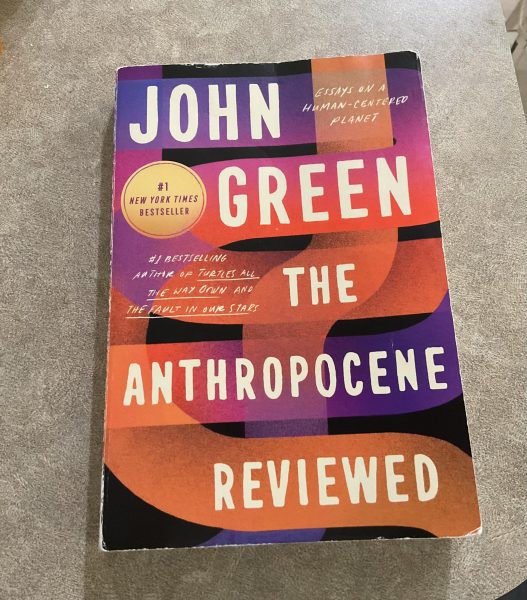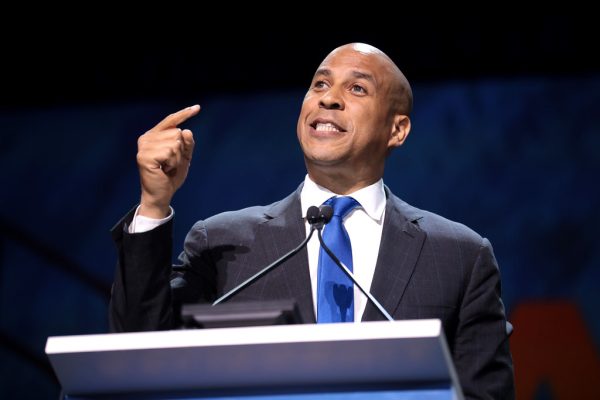Pandemic transforms primary elections
2020 was supposed to be a monumental election year. What now?
ELECTION SEASON. Just a month ago, voters in more than a dozen states were showing up in thousands to vote in primary elections. But now? Such an election would be unthinkable. Ohio’s primary election has been radically transformed as absentee ballots replace traditional voting and campaigns are forced to adjust.
Think back about three months ago. The New Year’s Ball was dropping, we were celebrating, and there was so much to look forward to in 2020. The Tokyo Olympics. Leap Year. The elections. It was going to be monumental. Now? Not so much. The coronavirus has upended almost everything that we had anticipated for so long, and some of the worst impacts have landed squarely on the 2020 Elections.
On March 3, 2020, voters in 14 states gathered in the thousands at polling locations across the country to cast their ballots in primary elections. Just two weeks later, however, such an event is unimaginable. So, how are primary elections even supposed to happen?
If they were held like usual, the country could face unthinkable problems: exponential increases in the spread of coronavirus or extremely low voter turnout. In Ohio, the first solution was to postpone the primary to June. Problem solved, right? Nope.
After Governor Mike DeWine requested that the election would be postponed, a judge denied the request. That denial was delivered just hours before the election was supposed to be held. At the last minute, the administration sought a new solution: Ohio State Health Director Dr. Amy Acton shut polling stations down by declaring a health emergency.
Now, the primary election looks radically different. All votes will be sent in by mail by April 28th, 2020. An election like this is unprecedented, so how are we dealing with it?
For the political campaigns themselves, the changes brought on by the pandemic could not have come at a worse time. The spring season was pivotal to political campaigns as they ramped up their efforts to lead up to the big primary elections. In essence, all the work they had done for the past year was finally coming to a climax. Ironically, that climax proved to be quite anticlimactic when many of those primaries were postponed.
For local campaigns, many of which have been active since last fall, this means bringing their constant work to a screeching halt to change tactics in response to the altercations. Sia Sindhwani, 11, is a Finance Intern with the Kate Schroder for Congress campaign and explained just how impactful the changes have been to her work on the campaign. “Momentum was so important, especially because this is a smaller scale race” explained Sindhwani. “It feels defeating that we did all that work to now not know what is going to happen with the election” added Sindhwani. Not being able to take advantage of the momentum the campaigns have worked extensively to build, they face massive uncertainties.
According to Sindhwani estimation, the Schroder campaign had already “knocked on 1,000 doors” and sent “6,000 to 7,000 postcards” simply to build the name recognition among voters that would be crucial on March 17. Now, the campaigns are “mostly focusing on making phone calls to encourage voters to request absentee ballots” and engaging on social media. Nevertheless, Sindhwani explained that the biggest hit to campaigns is the lack of interaction with voters. “It’s been proven with research that when you’re canvassing and you speak to people in person, that’s when you make the most impact for campaigns. So, we’ve really lost that” said Sindhwani.
But, it is not all that bad. Sindhwani also discussed that the expansion of absentee voting will allow for many people to vote who would not have been able to make it to a polling location to cast their ballots. Additionally, she added that the postponement from March 17th to the new deadline of April 28th allows campaigns more time to continue their efforts before Ohio’s primary season ends.
If you, your friends, or family members are eligible to vote, you can visit https://www.ohiosos.gov/elections/voters/ to print, order, or request an absentee ballot to vote by April 28th in the primary election.
Your donation will support the student journalists of Sycamore High School. Your contribution will allow us to purchase equipment and cover our annual website hosting costs.











